Riesling vs Moscato: Know the Difference

When it comes to white wines, there are many different options to choose from, including the two aromatic wines Riesling and Moscato, which both tend to have sweet versions accessible to those who don’t like dry or tannic wines. Both wines are popular among wine lovers, but there are significant differences between them. Additionally, there are also different types of Moscato, including still and sparkling varieties, which add another layer to the comparison. Let’s delve into the differences between Riesling and Moscato, as well as the differences between still and sparkling Moscato, all of which you can get at the best online wine store.
Origins of Riesling and Moscato
Riesling is a white grape variety grown in many different parts of the world, with great examples from Germany, Alsace, New York’s Finger Lakes, and the US Pacific coast. It is known for its crisp acidity, fruity flavor profile, and versatility. You will find a variety of styles in the white wine bottle with a Riesling label, ranging from dry to sweet. Moscato, in contrast, is made from the extremely ancient Muscat grape and is known for its sweet and fruity flavor profile. It is typically produced in a sweet or semi-sweet style, although some drier versions of Moscato exist.
- One of the main differences between Riesling and Moscato is their flavor profile.
- Riesling is known for its complex flavor profile, which can include notes of citrus, peach, and apricot, as well as a distinct mineral taste, whether dry, semi-dry, or sweet.
- Moscato, on the other hand, has gained attention for its sweetness and fruitier aromas, which often includes notes of peach, apricot, and honey.
- While both wines can be paired with a variety of foods, their distinct flavor profiles mean that each may pair better with different dishes.
Another key difference between Riesling and Moscato is their alcohol content, important to now when you buy white wine online. Riesling typically has a higher alcohol content than Moscato, with levels ranging from 7.5% to 13.5%. Moscato, on the other hand, typically has an alcohol content of around 5% to 9%. One reason is because sparkling Moscato is often produced using the Charmat method, which is a less labor-intensive process that results in a lower alcohol content. Riesling, on the other hand, is often produced using the traditional method, which involves aging the wine in oak barrels for a longer period, resulting in a higher alcohol content.
When it comes to still Moscato, the wine is typically produced using the same methods as sparkling Moscato, but it is not carbonated. This means that still Moscato has a more straightforward flavor profile than sparkling Moscato. Still Moscato is known for its sweet, fruity flavor profile, which makes it a popular choice for pairing with desserts and cheese, or for those new to wine.
Sparkling Moscato, by contrast, is made using the Charmat method (as opposed to the tractional Champagne method with a second fermentation in the bottle). This method involves fermenting the wine in large stainless steel tanks, which results in a light, bubbly wine with a lower alcohol content. Sparkling Moscato is known for its sweet and fruity flavor profile, as well as its light, effervescent mouthfeel. It is often compared to other sparkling wines, such as Prosecco and Champagne, and is a popular choice for celebrations and special occasions.
Food Pairing with Riesling and Moscato
When it comes to food pairings, Riesling is a versatile wine that can be paired with a variety of dishes, including seafood, spicy foods, and Asian cuisine. Moscato, on the other hand, is often paired with desserts and cheese. Still Moscato pairs well with sweet desserts and fruit, while sparkling Moscato can also be paired with salty or savory foods, such as charcuterie boards and appetizers.
So, go ahead, buy wine online, both Riesling and Moscato, and compare the two!
Six Wines To Try Now: Three Rieslings and Three Moscatos
The expert staff at Bottle Barn and wine journalist Charlie Leary have selected three representative Rieslings and three representative Moscatos to try. Mix it up and try these two varietals together for an unforgettable wine tasting experience!
1) Riesling
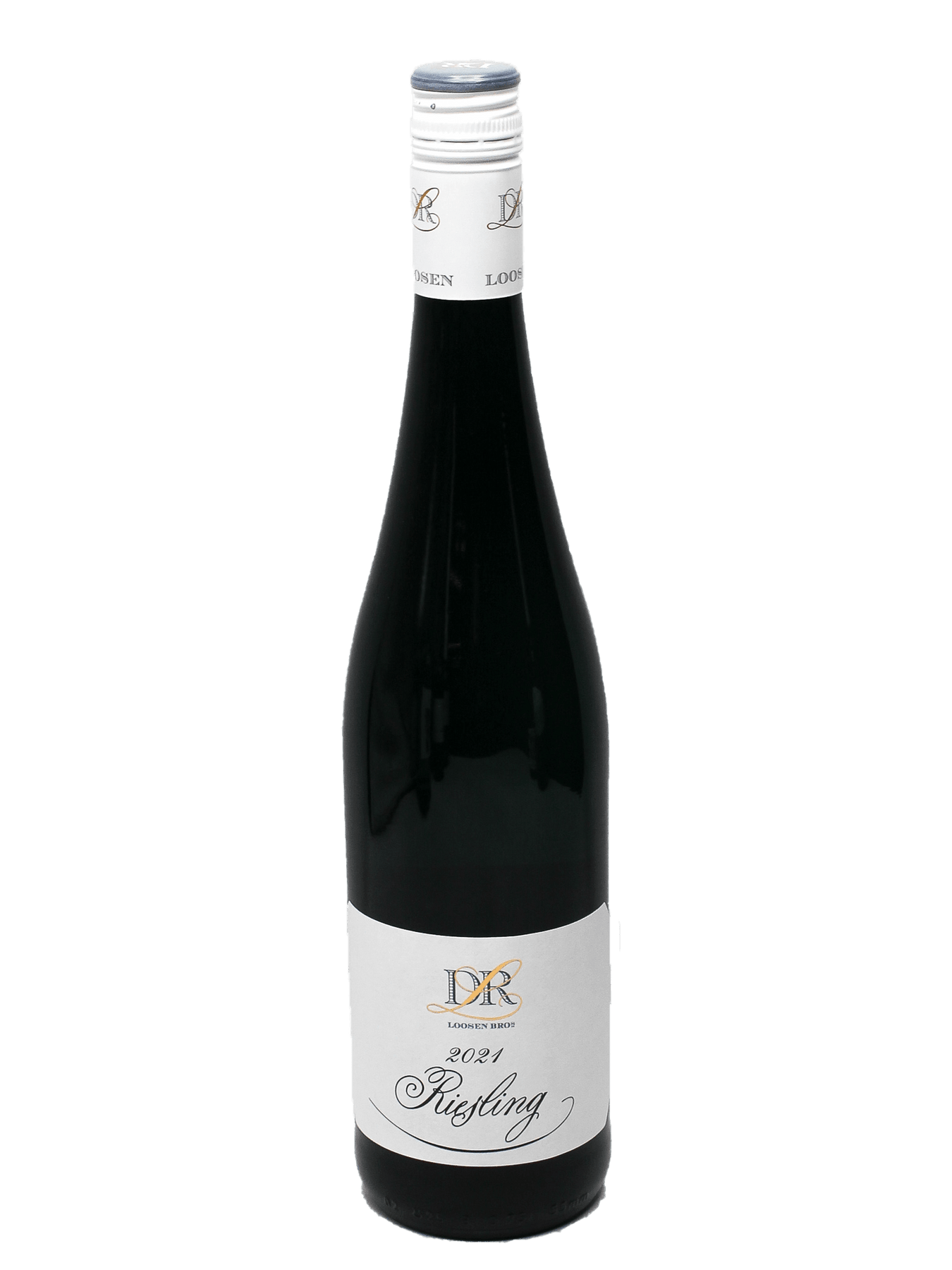
2022 Loosen Bros. Dr. L Riesling: This is the “ambassador” Riesling of Ernst Loosen, who makes superb wines at all price points, with great attention to quality. At just 8.5% alcohol, this wine seduces the palate with a delicate and racy style characteristic of grapes grown in the Mosel Valley’s slate-soil vineyards. A refreshing, fruit-driven wine, complimented by a crisp, drying finish.

2022 Zilliken Saarburg Rausch Riesling GG Trocken: This Riseling consistently receives high scores from critics. Superlative reviews describe it variously as “very pure, crystalline and flinty” with an “intense, fragrant, stony and lemony nose.” Others note the “tingling animation of lime zest, tart apple skin, and crystalline stony impingements. The finish is described as “enormously powerful and intense” without losing “its mineral freshness and lightness.” A stunning dry Riesling by all accounts.
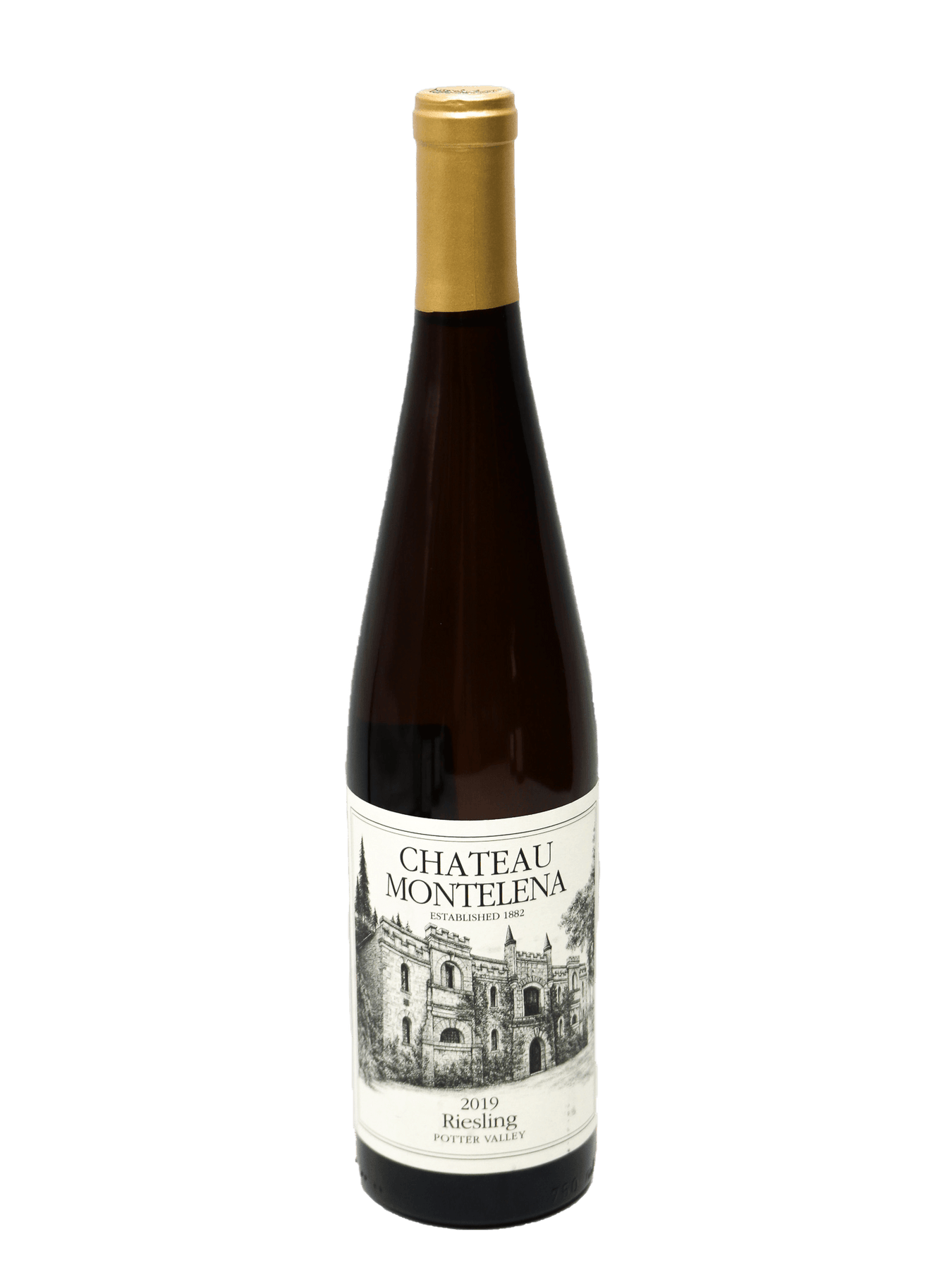
2021 Chateau Montelena Riesling: Critics says it’s a “hidden gem” for Montelena in Mendocino. Fermented to near total dryness there’s only a hint of sweetness. Expect enticing floral aromatics with orange zest and pear notes. At 13.4%, this represent the California end of the Riesling spectrum, a far cry from the Mosel.
2) Moscato
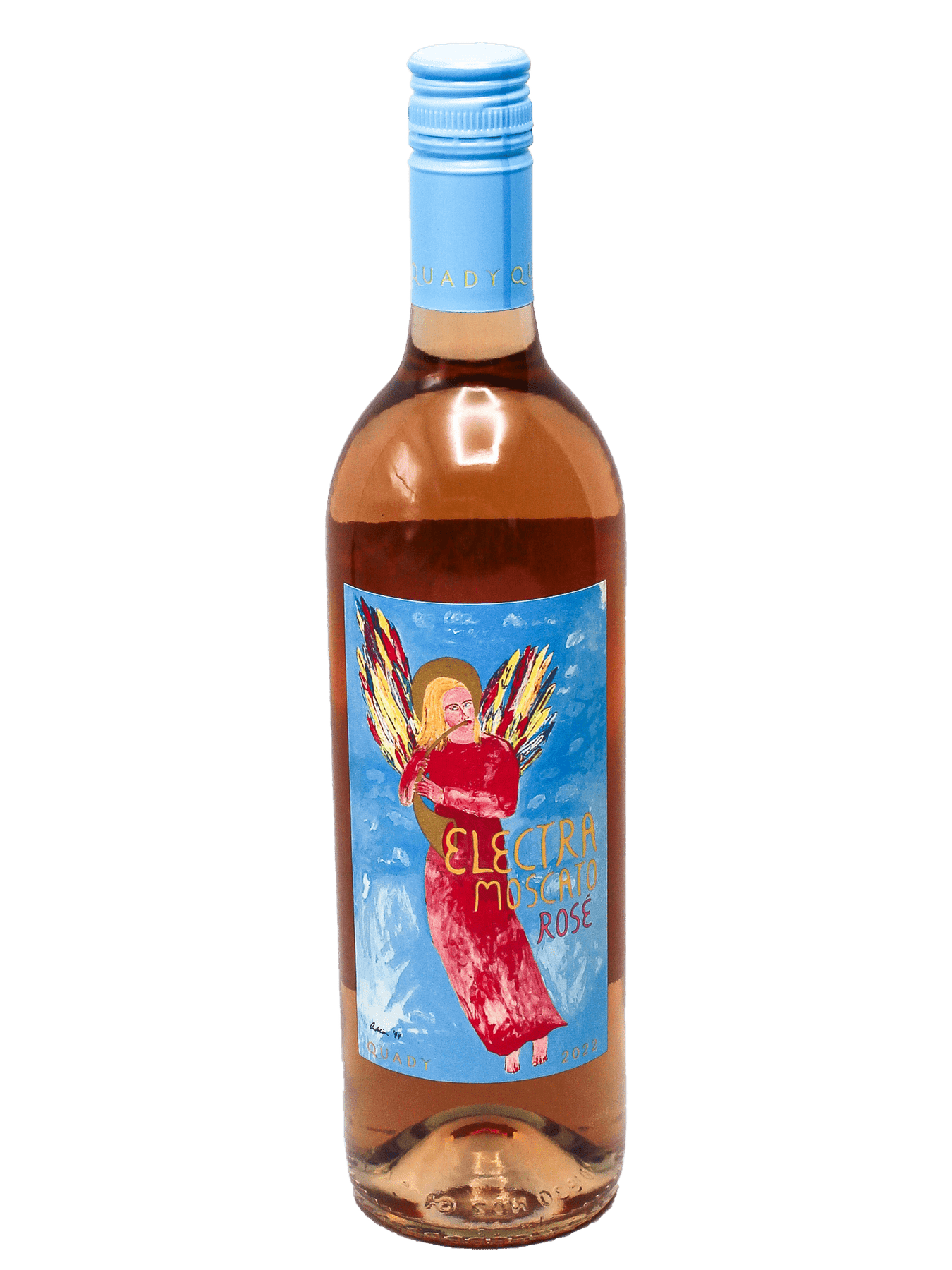
2022 Quady Electra Moscato Rosé: For those seeking sweetness and low alcohol in an enticing, fruit-forward wine, look no further. Wine Enthusiast notes that it’s “packed with jammy, candied-fruit flavors like watermelon, strawberry and raspberry that are well concentrated and linger nicely on the finish.” Intriguingly it combines the Black Muscat grape with Orange Muscat and Muscat Canelli. The winemaker says: “strawberries and dragon fruit.”
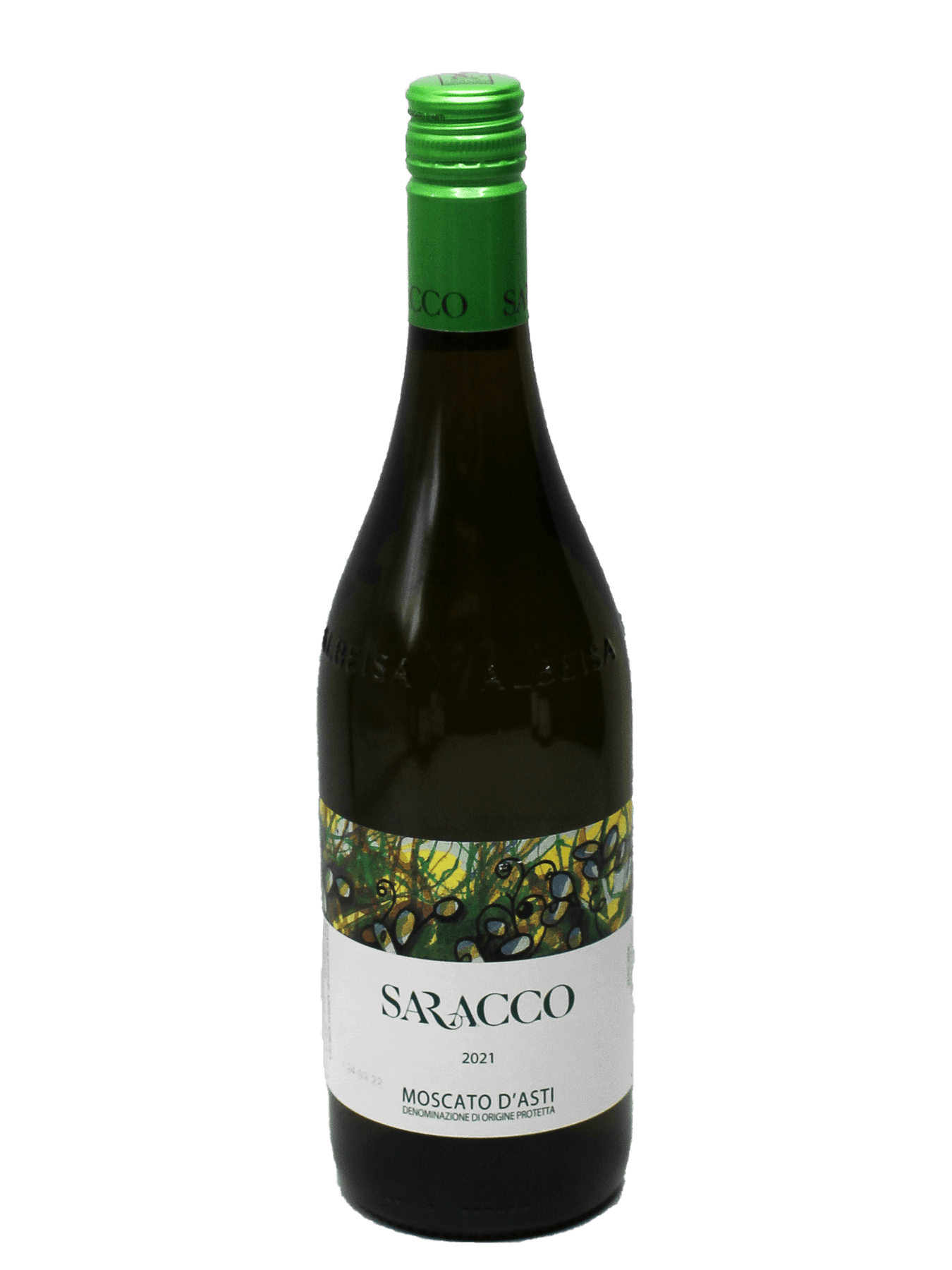
2022 Saracco Moscato d'Asti: Direct from Piedmont, this Asti enchanted wine critic James Suckling with its "fresh, vibrant aromatics.” You will encounter wafts of sweet peaches, orange blossom and zest, and “fresh carnival grapes.” This frizzante wine produces a fine, creamy mousse over a well-balanced wine.
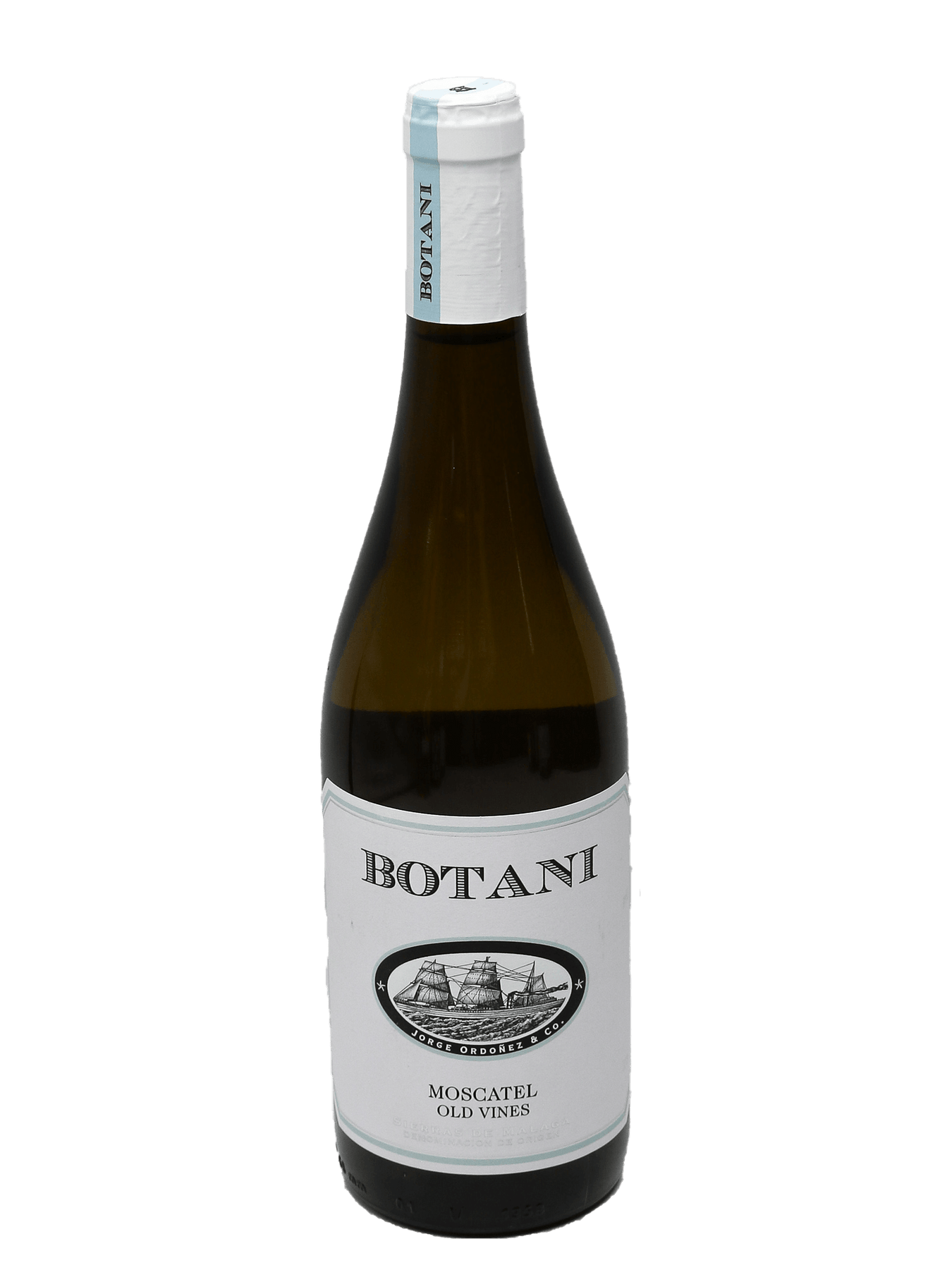
2021 Botani Malaga Moscatel Old Vines: Venture to Andalusia with this unique wine. At 14.5% alcohol, this shows how Moscato performs in warmer climate. Wine critic Jeb Dunnuck describes a bright, juicy style” that offers “honeyed lime, tangerine, toasted nut, and spicy aromatics.” This is a classy wine made in a clearn style to show of the moscato fruit and aromatics. This shows off the range that this grape can achieve.
Related Reads
- Difference between "Natural Wine" and “Wine”?
- Sweet Wines vs. Dry Wines: What’s the Difference?
- Filtered vs. Unfiltered Wine: Know The Difference
- Merlot vs. Cabernet Sauvignon
- Prosecco vs. Champagne
- Champagne vs. Crémant
- Warm Climate Wines vs. Cool Climate Wines
- Zinfandel vs. Pinot Noir
- Muscat vs. Moscatel vs. Moscato
- Bourgogne (Burgundy) vs. New World Pinot Noir Wines
- Barolo vs. Barbaresco
- Port vs. Sherry


















Leave a comment